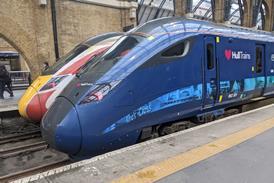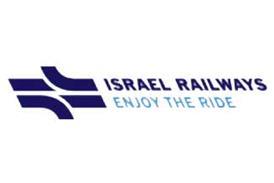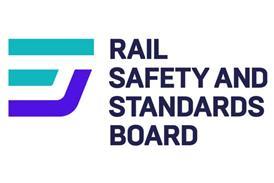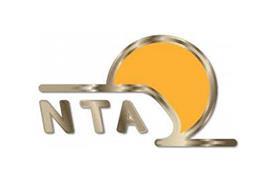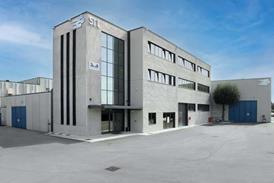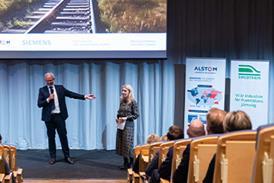Future Skills: Software tools can mitigate demographic crisis

Examples from DSB and Transdev Deutschland highlight how use of resource planning software can boost employee recruitment and retention as the rail industry adapts to an endemic staff shortage.
Examples from DSB and Transdev Deutschland highlight how use of resource planning software can boost employee recruitment and retention as the rail industry adapts to an endemic staff shortage.

